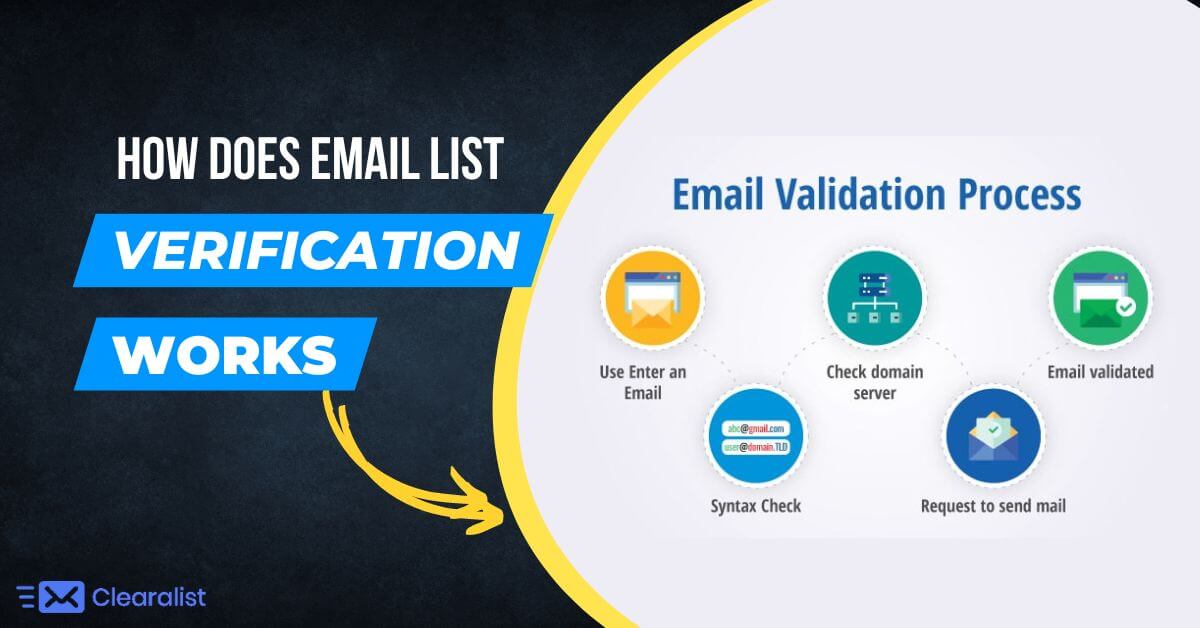
Keeping a healthy relationship with Internet Service Providers and Email Service Providers is difficult. Also, it’s tough to make it to the inbox and earn a high deliverability rate.
Moreover, if your email address property practices are organic, and they follow all the standards for email marketing, they still risk falling victim to spam traps. And because spam traps, bounce rates, and complaint rates will define your reputation as a sender, you can’t afford to neglect this fact.
A poor sender reputation indicates that you won’t make it to the inbox. That’s money, time and customers lost.
Today, we’re stretching the curtain back on Email Validation.
Here’s how email verification and data cleanliness really work.
Spam trap email is an address (usually active at one time, but now dropped) that’s used to detect illegitimate senders who add email addresses to their lists without user permission. Though well-intentioned, these traps don’t just recognize bad senders; they also expose marketers who aren’t practicing enough control over email permission and list management practices.
Spam trap emails can end up on public lists, which force their way into your CRM and can create one of two negative things to happen:
- Your ISP delivers a hard bounce, and you are granted the opportunity to eliminate the email from your list before it gets marked as spam.
- Your “from the domain” is blacklisted by email providers.
Neither scenario is suited for your reputation, deliverability, open rate, click rate, or conversion rate. Even a slightly poor email sender reputation could cause some messages to get automatically sent to spam. This triggers a downward spiral,l and ultimately, you’ll be blacklisted. In fact, having just 1 percent of “bad” emails on your list can decrease your deliverability by over 10 percent.
There’s also the risk of catching poor data, including misspelled emails. In fact, we found that about 9% of emails entered into web forms are invalid. Ouch.
Ready for some great news?
There is a way to significantly overcome your risk: Email Validation.
Email Verification
Email verification is a service that catches potential spam traps and other email address discrepancies before they’re flagged by Internet Service Providers (ISPs) or Email Service Providers (ESPs) and create permanent damage to your reputation.
Moreover, Email Validation helps clean up your email lists to increase deliverability, assisting you in reaching your customers.
An Email Validation provider uses an advanced email verification system to check for syntax regularity. An Email verification system goes ahead with JavaScript and implements artificial intelligence, intricate algorithms, and multi-layer testing to classify troublesome email addresses, often in real-time.
Email verification providers use this data to predict the probability that an email will return as a hard bounce. Each email that’s run by this system is classified using a scoring system and various diagnostic codes. If an email is suspect, it is separated for review, and the system either autocorrects syntax errors or marketers can approve/exclude the suspect email from their list.
Besides, the scoring process acts as an alert if an email is active but has not been engaging with messages for a long time. This also helps marketers manage list hygiene.
Full-service email verification comprises:
- Identifying invalid email formats
- Catching and fixing misspelled emails
- Securing the most accurate status of every email domain
- Defining whether each email will deliver, hard bounce or soft bounce
- Describing how old and/or active an email is, and when it last opened
Ways to Verify Emails
There are two ways to email verification. Which approach you choose will depend on the time frame in which you require results and the level of verification you wish to receive.
- Use an API to validate emails in real-time as you catch them on your site.
- Submit a complete list for batch processing, download the results, and add the invalid emails to a suppression list.
The outcomes of an ill-managed email database include:
- Lost revenue
- Expanded marketing costs
- Sales inefficiencies
- Poor customer experience
- Damaged sender reputation
While email verification can change these negatives around, it’s essential to remember that email verification isn’t a cure-all or a one-time fix. Regular email list hygiene is crucial to avoid harm to your reputation, which suggests all marketers should adhere to organic acquisition methods, constantly clean out their lists, and continue to use email verification as a safeguard.